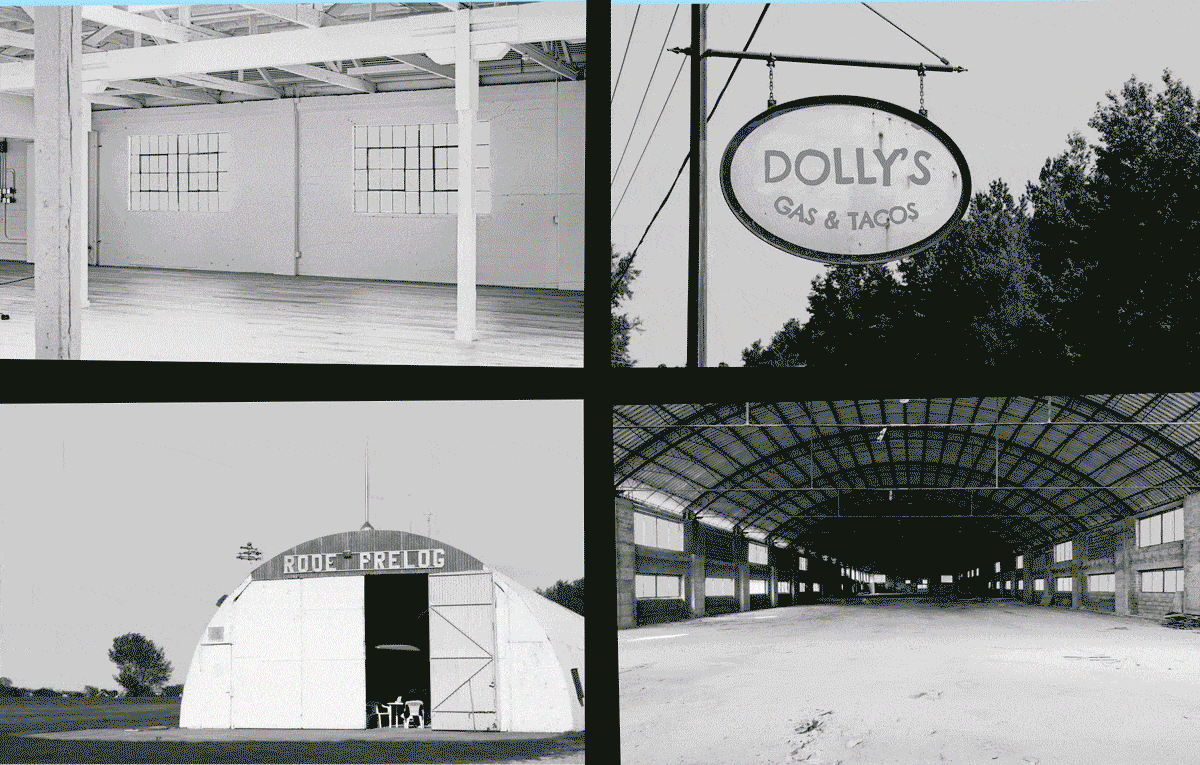
Personal space has become a necessity, and kids in schools aren’t exempt.
This poses a unique challenge for school leaders who are mostly used to making do with what they have. So how can administrators create more space in overcrowded schools?
In the classroom
Step one is to ditch heavy, one-purpose furniture whenever possible. This allows for a possible culture shift: moving from a stationary classroom footprint to one based in movement. While traditional classrooms, particularly for younger children, have often been structured around assigning personal space, moving to a modular or flexible classroom style may offer more freedom to maximize space. If it’s possible to restructure daily classroom life to allow students to carry their supplies with them to their seats for the day, the flexibility may outweigh the learning curve.The one space to reserve is the focal point of wherever the teacher will spend most of their time demonstrating skills. Teachers may find that if they’re juggling a hybrid classroom, their technology setup is best undisturbed by students in person. They may also appreciate a little extra breathing room reserved just for them.
Especially in younger grades, teachers may feel pressure to pour effort into maximizing the resources and environment. By easing that pressure, the outcomes on learning may surprise you—classrooms with minimal decoration may be less distracting for students, including those who are neurodiverse.
In traditional schools
Plenty of examples of repurposed space have popped up as the world pivoted during a pandemic. Schools are no different.Crafty administrators have repurposed unused gymnasiums, auditoriums, and storage spaces to accommodate social distancing students or for cases when families absolutely must come to the school. Even new student enrollment can be done online, so moving those types of tasks out of the physical spaces in the building keeps students and staff safer.
Design thinking helps break administrators out of the limits we place on spaces out of habit. A dead-end hallway can become a new study hall. An unused office may take on new life as a room for students to quarantine while waiting for a parent to pick them up upon developing symptoms at school (stranger things have happened!).
Repurposing larger, more open spaces increases ventilation, especially if they offer some access to fresh air outside. If weather permits, students may be thrilled to move some classroom activities outside, too.
Spreading out into the community
Some administrators, especially in larger districts, have been on the lookout for opportunities to expand their buildings—but not by construction.District leaders are resisting referenda, instead renting or reusing vacant properties that fit their needs right in their own community. Some suitable places might include a community center, a church facility, open office space, or a vacant big box store. This is another culture shift for everyone involved: we’re used to schools looking and feeling a certain way. The truth is, especially now that many students have experienced virtual learning, just about anywhere with broadband can serve as a school.
New year, more pivots
It’s fair to say the best laid plans will probably change anyway. Figuring out how to house students in-person has a lot of benefits—if kids can safely attend schools with mitigation protocols in place, the impact on social and emotional health is worth it.Follow-up resource: What else is new in K12 schools?
Check in with three relevant 2021 topics in Midyear Check-in: 2021 Conversations.WHAT'S NEXT FOR YOUR EDTECH? The right combo of tools & support retains staff and serves students better. We'd love to help. Visit skyward.com/get-started to learn more.

|
Erin Werra Blogger, Researcher, and Edvocate |
Erin Werra is a content writer and strategist at Skyward’s Advancing K12 blog. Her writing about K12 edtech, data, security, social-emotional learning, and leadership has appeared in THE Journal, District Administration, eSchool News, and more. She enjoys puzzling over details to make K12 edtech info accessible for all. Outside of edtech, she’s waxing poetic about motherhood, personality traits, and self-growth.

-(1).png)


